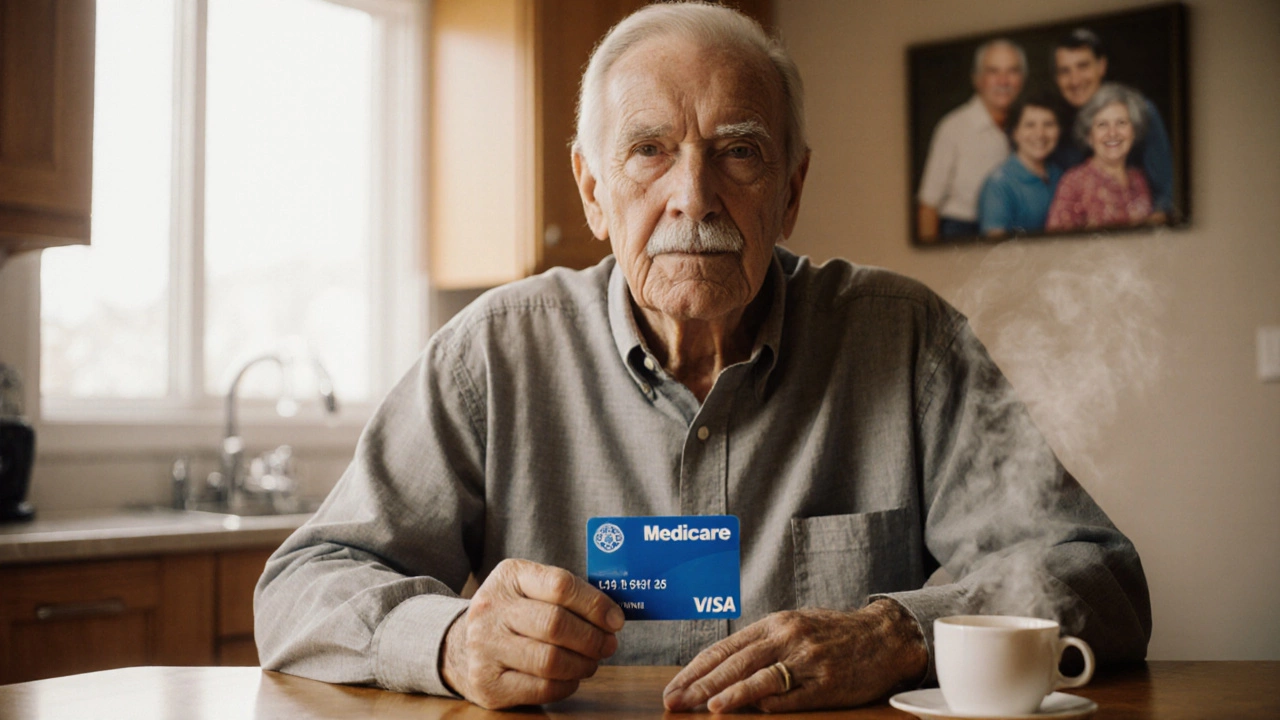Lowest Income Medicare: What It Is and How It Helps You
When talking about lowest income Medicare, we're looking at the set of federal and state programs that let people with limited earnings still access quality health care. Medicaid, a joint federal‑state safety‑net, offers free or low‑cost coverage for eligible low‑income adults and children. Medicare Savings Programs, often called MSPs, help qualified beneficiaries pay premiums, deductibles and co‑pays. Both are tied to the Affordable Care Act, the 2010 health reform that expanded Medicaid eligibility and created new subsidies. Understanding how these pieces fit together can save you money, especially when you also consider tools like prescription discount cards, which lower drug costs for anyone paying out‑of‑pocket. Below we break down the core elements, the eligibility checklist, and the practical steps to claim your benefits.
Key Eligibility Factors and Income Thresholds
First, you need to know whether your household income falls below the federal poverty level (FPL). For most states, the Medicare Savings Program kicks in when income is under 135 % of the FPL for the Qualified Medicare Beneficiary (QMB) category, and up to 200 % for the Qualified Individual (QI) category. These numbers change yearly, so checking the latest figures is essential. The ACA broadened Medicaid to cover adults earning up to 138 % of the FPL in expansion states, which means many people who thought they were ineligible now qualify for both Medicaid and MSP benefits.
Second, asset limits matter. While some programs only look at income, others, like the QMB, also cap countable assets at $2,000 for individuals and $3,000 for couples. Excluding your home, car, and retirement accounts can help you stay under the limit. If you’re close to the threshold, consider spending down on prepaid expenses, medical bills, or necessary home repairs before you apply.
Third, citizenship or legal residency status is required. U.S. citizens, permanent residents, and certain qualified non‑citizens are eligible, but undocumented immigrants are not. However, some states offer limited programs for non‑citizens, so it’s worth researching local options.
How Medicare Savings Programs Complement Medicaid
Medicare Savings Programs don’t replace Medicaid; they work side‑by‑side. For example, if you qualify for Medicaid, you automatically receive the QMB benefit, which covers most Medicare costs. In non‑expansion states, MSPs become a crucial bridge, letting you keep Medicare while receiving assistance for out‑of‑pocket expenses. This synergy reduces the financial gap that many low‑income seniors and disabled individuals face.
Another layer is the Extra Help program for prescription drugs. Even if you’re on Medicare Part D, Extra Help can cut premiums, deductibles, and co‑pays dramatically. Pairing Extra Help with a prescription discount card like SingleCare or GoodRx can push drug costs down to pennies per dose.
Practical Steps to Apply and Maximize Savings
Start by gathering your recent pay stubs, tax returns, Social Security statements, and bank records. Most states allow online applications through their Medicaid portals, and you can also apply by phone or in person at a local Social Services office. When you fill out the form, be honest about assets; misreporting can lead to denial or repayment demands later.
After you’re approved, enroll in Medicare Part A (hospital) and Part B (medical) if you haven’t already. Your MSP will automatically cover the Part B premium and most cost‑sharing. Then, check if you qualify for Extra Help; the Social Security Administration handles that enrollment. Finally, sign up for a prescription discount card—these are free, require no credit check, and can be used alongside Medicare‑covered drugs.
Keep all your approval letters and benefit cards together. Every year, you’ll need to recertify income and assets, so set a reminder before the renewal deadline. If your situation changes—like a raise or a new medical expense—update your records promptly to avoid loss of coverage.
Common Pitfalls and How to Avoid Them
One frequent mistake is assuming that once you’re on Medicaid, you don’t need Medicare. In reality, Medicare remains the primary payer for many services, and Medicaid fills the gaps. Skipping Medicare enrollment can lead to higher out‑of‑pocket costs and loss of certain benefits.
Another error is overlooking state‑specific programs. Some states offer additional assistance for dental, vision, or transportation that isn’t covered by federal Medicare or Medicaid. Check your state health department’s website for extra options.
Finally, don’t forget to compare prescription discount cards. While they’re all free, the savings vary by pharmacy and drug. Running a quick price check on GoodRx or SingleCare before you fill a prescription can reveal a better deal than your insurance co‑pay.
By understanding the interaction between lowest income Medicare, Medicaid, Medicare Savings Programs, the ACA, and prescription discount tools, you can build a safety net that protects you from surprise medical bills. Below, you’ll find a curated list of articles that dive deeper into each of these topics, from how to read health insurance costs to tips on negotiating surgery bills. These resources will give you the step‑by‑step guidance you need to claim every dollar you’re entitled to.

Lowest Income Needed to Qualify for Medicare‑Related Assistance (2025)
Learn the exact 2025 income thresholds for Medicare Savings Programs and Extra Help, plus how to apply and avoid common pitfalls.
© 2025. All rights reserved.